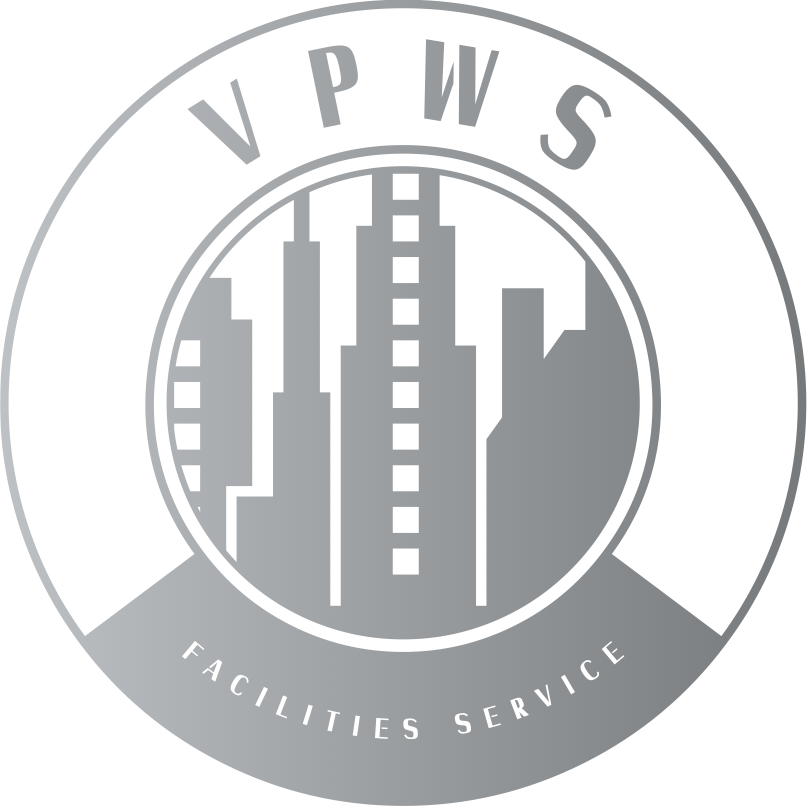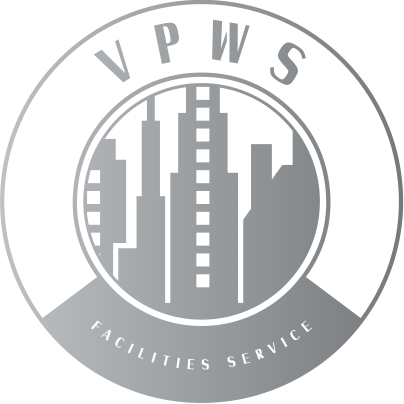The Impact of Germs on Health and Wellness
Maintaining a clean and hygienic environment is crucial for any business, as germs can significantly impact the health and wellness of employees and visitors. Understanding the ways germs spread and their effects on health is essential for implementing effective cleaning and hygiene practices. This comprehensive guide will explore the impact of germs on health and wellness, providing insights into the key strategies for maintaining a germ-free environment.
Understanding Germs and Their Types
Germs are microscopic organisms that can cause disease and infections. There are several germs, each with unique characteristics and health impacts.
Bacteria
Bacteria are single-celled organisms that can thrive in various environments. While many bacteria are harmless or beneficial, some can cause infections and diseases. Common bacterial infections include strep throat, urinary tract infections, and tuberculosis.
Viruses
Viruses are smaller than bacteria and require a living host to reproduce. They can cause a range of illnesses, from the common cold to more severe diseases like influenza, COVID-19, and HIV/AIDS. Viruses spread easily through contact, respiratory droplets, and contaminated surfaces.
Fungi
Fungi include molds, yeasts, and mushrooms. While some fungi are harmless or beneficial, others can cause infections, particularly in individuals with weakened immune systems. Common fungal infections include athlete's foot, ringworm, and yeast infections.
Protozoa
Protozoa are single-celled organisms that often live in water. They can cause diseases such as malaria, amoebiasis, and giardiasis. Protozoan infections are typically spread through contaminated water or food.
How Germs Spread
Germs can spread in various ways, making understanding the different transmission methods essential to implement effective prevention strategies.
Direct Contact
Direct contact transmission occurs when an infected person touches another person, transferring germs through skin contact. Handshakes, hugs, and other forms of physical contact can facilitate the spread of germs.
Indirect Contact
Indirect contact transmission involves the transfer of germs from one person to another via contaminated objects or surfaces. Touching a doorknob, light switch, or shared equipment can spread germs if the surface needs to be properly sanitized.
Droplet Transmission
Droplet transmission occurs when an infected person coughs, sneezes, or talks, releasing respiratory droplets containing germs into the air. These droplets can land on surfaces or be inhaled by nearby individuals, leading to infection.
Airborne Transmission
Airborne transmission involves the spread of germs through tiny particles that can remain suspended in the air for extended periods. Diseases such as tuberculosis and measles can spread through airborne transmission, posing a significant risk in crowded or poorly ventilated areas.
Health Impacts of Germs
Exposure to germs can lead to various health issues, ranging from mild illnesses to severe diseases. Understanding these health impacts is crucial for prioritizing hygiene and sanitation.
Acute Infections
Acute infections are short-term illnesses that cause symptoms such as fever, cough, diarrhea, and fatigue. Examples include the common cold, influenza, and foodborne illnesses. While many acute infections resolve independently , some may require medical treatment.
Chronic Conditions
Chronic conditions are long-term health issues resulting from prolonged or repeated exposure to germs. Examples include chronic bronchitis, hepatitis, and certain types of cancers. Chronic conditions often require ongoing medical management and can significantly impact quality of life.
Complications in Vulnerable Populations
Certain populations, such as young children, older people, and individuals with weakened immune systems, are more susceptible to complications from germ exposure. In these groups, infections can lead to severe health outcomes, including hospitalization and death.
The Role of Hygiene in Preventing Germs
Maintaining high hygiene standards is essential for preventing the spread of germs and protecting health and wellness.
Hand Hygiene
Proper hand hygiene is one of the most effective ways to prevent the spread of germs. Regular handwashing with soap and water for at least 20 seconds can remove germs and reduce the risk of infection. Hand sanitizers with at least 60% alcohol can be used when soap and water are unavailable.
Surface Disinfection
Regular disinfection of high-touch surfaces, such as doorknobs, light switches, and countertops, can help eliminate germs and prevent their spread. Use EPA-approved disinfectants that are effective against a broad spectrum of pathogens.
Personal Protective Equipment (PPE)
Personal protective equipment (PPE), such as gloves, masks, and face shields, can reduce the risk of germ transmission in certain settings. PPE is especially important in healthcare environments and situations where close contact with others is unavoidable.
Implementing Effective Cleaning Protocols
Effective cleaning protocols are crucial for maintaining a germ-free environment and protecting health and wellness.
Routine Cleaning
Establish routine cleaning schedules to ensure that all areas of the facility are regularly cleaned and sanitized. Focus on high-traffic areas and frequently touched surfaces to minimize the risk of germ transmission.
Deep Cleaning
Deep cleaning involves more thorough and intensive cleaning practices beyond routine cleaning. Schedule regular deep cleaning sessions to address hard-to-reach areas and ensure a comprehensive approach to hygiene.
Use of Advanced Cleaning Technologies
Incorporate advanced cleaning technologies, such as electrostatic sprayers, UV-C light sanitizers, and HEPA-filtered vacuum cleaners, to enhance the effectiveness of cleaning protocols. These technologies can provide more efficient and thorough cleaning solutions.
Promoting Health and Wellness in the Workplace
Promoting health and wellness in the workplace involves creating a clean and hygienic environment that supports the well-being of employees and visitors.
Health Education and Awareness
Educate employees about the importance of hygiene and their role in preventing the spread of germs. Provide training on proper handwashing techniques, respiratory hygiene, and using PPE.
Encouraging Sick Employees to Stay Home
Encourage employees who are feeling unwell to stay home and seek medical attention if necessary. Implement flexible sick leave policies to support this practice and prevent the spread of illness in the workplace.
Providing Hygiene Supplies
Ensure employees have access to necessary hygiene supplies, such as hand sanitizers, disinfectant wipes, and tissues. Placing these supplies in convenient locations throughout the workplace can encourage regular use.
Evaluating the Effectiveness of Hygiene Practices
Regularly evaluating the effectiveness of hygiene practices is essential for maintaining high standards of cleanliness and preventing the spread of germs.
Conducting Hygiene Audits
Perform hygiene audits to assess the implementation and effectiveness of cleaning protocols. These audits can identify areas for improvement and ensure that best practices are followed.
Monitoring Health Trends
Monitor health trends within the workplace to identify potential outbreaks and respond promptly. Tracking absenteeism rates and reported illnesses can provide valuable insights into the impact of hygiene practices on health and wellness.
Soliciting Feedback
Gather feedback from employees and visitors about the cleanliness and hygiene of the facility. Use this feedback to adjust cleaning protocols and improve overall hygiene standards.
Leveraging Technology for Hygiene Management
Modern technology offers various tools and solutions to enhance hygiene management and maintain a germ-free environment.
Digital Cleaning Management Systems
Digital cleaning management systems use IoT (Internet of Things) technology to monitor and manage cleaning tasks. These systems can track cleaning schedules, monitor supply levels, and provide real-time feedback to cleaning staff.
Mobile Apps for Hygiene Reporting
Implement mobile apps that allow employees to report hygiene issues and request cleaning services in real-time. These apps can streamline communication and ensure that hygiene concerns are promptly addressed.
Automated Disinfection Systems
Automated disinfection systems, such as UV-C light robots and electrostatic sprayers, can provide consistent and effective disinfection of large areas. These systems can complement manual cleaning efforts and enhance overall hygiene.
Continuous Improvement in Hygiene Practices
Encouraging continuous improvement in hygiene practices ensures your facility remains clean and safe for all occupants.
Ongoing Training and Education
Support ongoing training and education for cleaning staff to keep them updated on the latest hygiene practices and technologies. Continuous learning helps staff stay current with industry standards and best practices.
Innovation in Cleaning Solutions
Encourage the adoption of innovative cleaning solutions and practices. Staying ahead of industry trends can lead to more efficient and effective hygiene management.
Feedback Implementation
Ensure that feedback and suggestions for improvement are implemented promptly. A proactive approach to feedback demonstrates a commitment to continuous improvement and maintaining high hygiene standards.
The Psychological Impact of Cleanliness
A clean environment not only affects physical health but also has a significant psychological impact on individuals.
Enhancing Mood and Productivity
A clean and organized workspace can enhance mood and boost productivity. Employees are more likely to feel motivated and focused in a tidy environment.
Reducing Stress and Anxiety
Clutter and dirt can contribute to stress and anxiety. Maintaining a clean environment helps reduce these feelings and promotes overall mental well-being.
Creating a Positive Impression
A clean facility creates a positive impression on visitors and clients. It reflects professionalism and attention to detail, enhancing the reputation of your business.
Learn More From VPWS Commercial Cleaning
Understanding the impact of germs on health and wellness is crucial for maintaining a clean and safe environment. By implementing effective hygiene practices, leveraging advanced technologies, and promoting continuous improvement, you can protect your employees' and visitors' health and well-being. VPWS Commercial Cleaning is dedicated to providing top-quality janitorial services that align with the latest industry trends and best practices.
Explore our VPWS Commercial Cleaning blog for more expert insights and tips on maintaining a germ-free environment and ensuring health and wellness in your facility.




